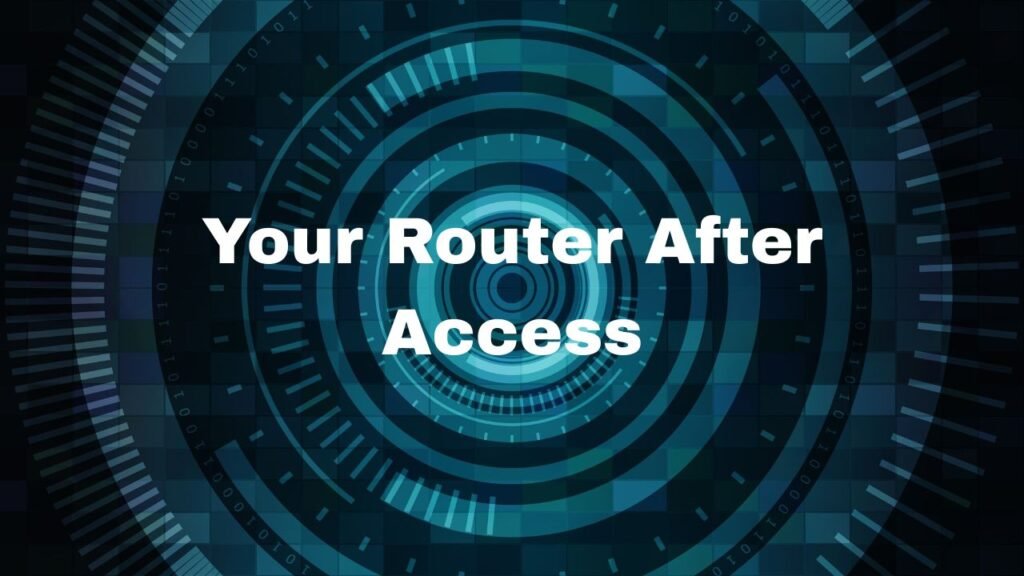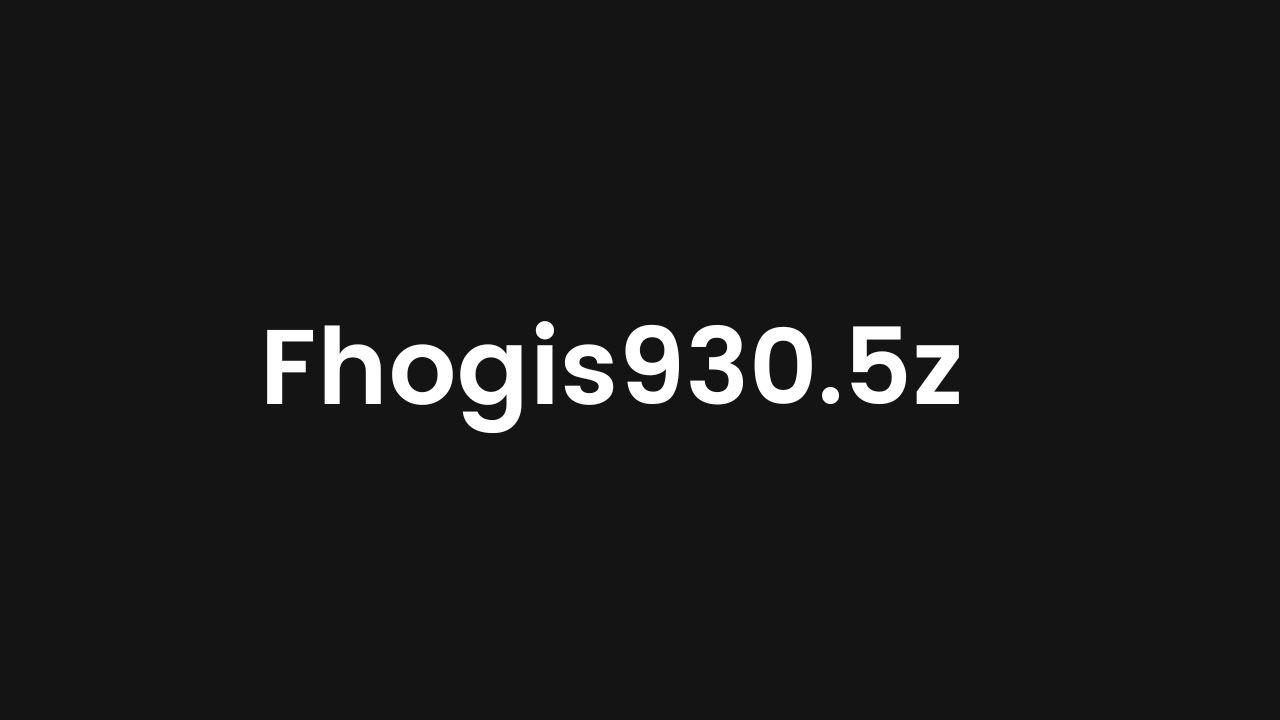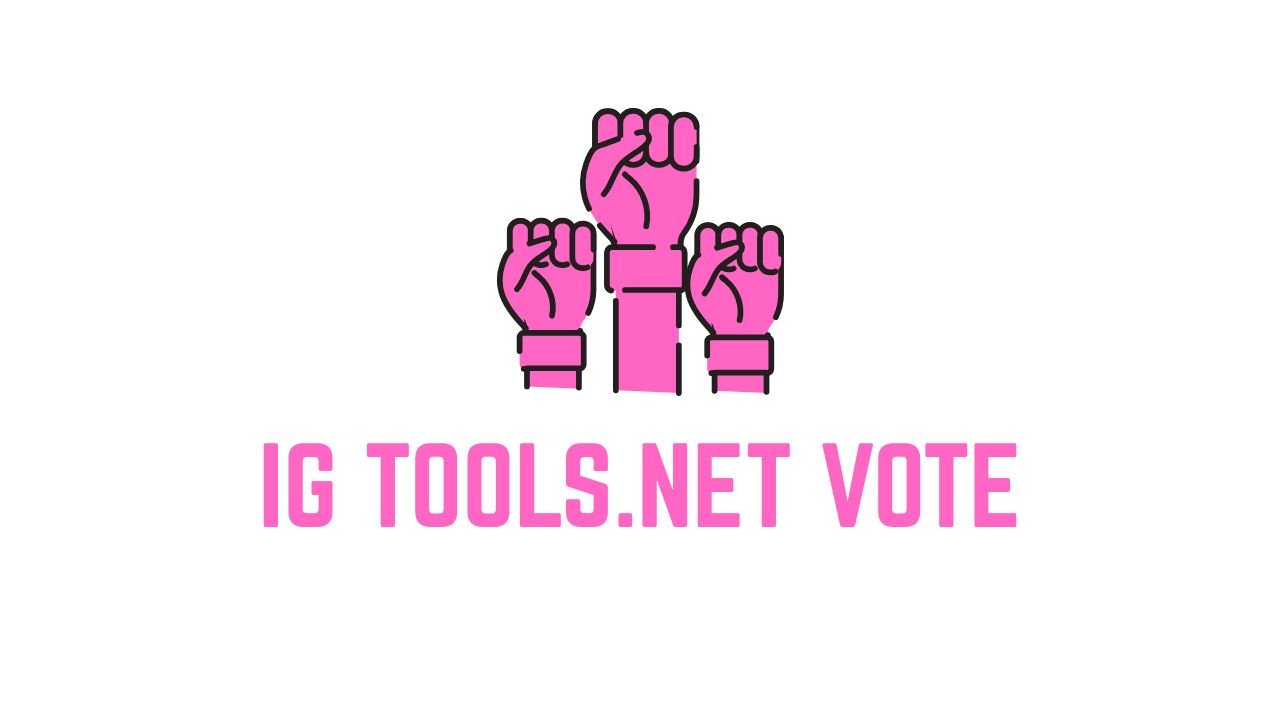192.1y8.1.1 may seem to be the upright IP address until the moment you read it. However, look a little bit deeper, and you will understand that this string is a typo, most probably supposed to be the renowned local IP 192.168.1.1. In our comprehensive guide we look into the realization of the mystery behind 192.1y8.1.1, its misunderstanding and the necessity of knowing the right equivalent that is 192.168.1.1 in order to manage any home and small business network. This article will take you through all the details when troubleshooting router logins as well as get the best out of your WiFi.
What Is “192.1y8.1.1”? Typo or Something Technical?
Initially, when an individual enters or gives 192.1y8.1.1, there is chance that he/she meant 192.168.1.1, but entered the 8 instead as y8. With technicality, 192.1y8.1.1 is not an IPv4 address since:
- The octets of IPv4 will consist of only 0-255.
- The occurrence of a letter in 1y8 is an invalid IP address.
- When you paste 192.1y8.1.1 into a browser it does not resolve.
What then should you do? The default gateway of your router control panel is 192.168.1.1 which replaces 192.1y8.1.1.
Understanding 192.168.1.1: The Real Private IP
The address 192.168.1.1 is assigned to most home routers as the default gateway. All devices—phones, laptops, smart TVs—automatically connect through this internal network address. By typing it into a browser, you access:
- Your administration dashboard
- Wi‑Fi settings
- Security configurations
- Firmware updates
This is why 192.1y8.1.1 becomes confusing—it’s someone’s accidental slipping of fingers while trying to reach that critical interface.
192.1y8.1.1 vs 192.168.1.1: A Comparison Table
| Aspect | 192.1y8.1.1 | 192.168.1.1 |
| Valid IPv4 Format? | Invalid | Valid |
| Typical Use | Typo or human error | Default router admin interface |
| Browser Reachable | No | Yes |
| Used for | None | Wi‑Fi, DHCP, Security, QoS, DNS |
| Belongs to IP Range | N/A | Private IPv4: 192.168.0.0/16 |
| Role | Confusion causing | Local gateway and configuration hub |
Why 192.1y8.1.1 Pops Up: Common Causes
- Typographical error: Mixing up letters and numbers on soft keyboards.
- Voice‑to‑text glitch: “one ninety‑two point one y eight point one point one” misrepresents “one hundred ninety‑two point one sixty‑eight point one point one.”
- Misremembered memory: Trying to recall IP but mixing digits.
- Shared in forums or tutorials: Someone might copy‑paste incorrectly, leading others astray with 192.1y8.1.1.
Understanding these causes helps network novices avoid the confusion altogether.
What Happens When You Try 192.1y8.1.1?
If you try to browse http://192.1y8.1.1:
- The browser rejects the invalid IP syntax immediately.
- Or shows a “server not found” error.
- No login prompt appears—unlike for 192.168.1.1.
Ultimately, 192.1y8.1.1 leads nowhere and wastes troubleshooting time.
Accessing Your Router via the Correct Gateway
To access routers reliably:
- Connect to your Wi‑Fi or Ethernet network.
- Open a browser and type http://192.168.1.1.
- Enter credentials (often admin/admin or admin/password).
- Once logged in, you can configure settings:
- Change default passwords
- Update firmware
- Adjust security settings
- Manage Wi‑Fi SSID and passwords
- Enable QoS and port forwarding
Skipping this step and typing 192.1y8.1.1 means you’ll never reach the portal.
Securing Your Router After Access

After logging in via 192.168.1.1, prioritize:
1. Change Default Login Credentials
- Default user/pass combos are public and insecure.
- Use strong passwords with at least 12 characters: uppercase, lowercase, numbers, and symbols.
2. Set Up WPA2 or WPA3 Encryption
- Don’t use WEP—it’s outdated and vulnerable.
- WPA2 is reliable; WPA3 is newer and more secure.
3. Disable WPS
Though convenient, WPS can be exploited. It’s better off disabled.
4. Enable Firewall and Access Controls
- Use built‑in router firewall.
- Apply MAC address filtering to restrict unknown devices.
5. Create a Guest Network
- Keeps visitors off your main network.
- Enhances security and privacy.
When done via 192.168.1.1, these steps safeguard your entire home network—something 192.1y8.1.1 will never offer.
Further Configuration Options
Inside the 192.168.1.1 interface, you can also:
- Configure DHCP: Set IP range and lease times.
- Assign Static IPs: For printers, NAS, or cameras.
- Use QoS: Prioritize gaming, streaming, or VoIP.
- Set up VPN: Secure internal traffic or access geo‑restricted content.
None of these tools apply when you mistakenly use 192.1y8.1.1.
Troubleshooting 192.168.1.1 Access
If you can’t access 192.168.1.1, try this:
- Ensure you’re connected to the router network.
- On Windows, run ipconfig in Command Prompt to verify “Default Gateway.”
- Clear browser cache or try a different browser.
- Disable antivirus/firewall temporarily, as they can block access.
- If locked out, reset the router by holding its reset button for ~10 seconds.
These steps help you avoid confusion caused by traps like 192.1y8.1.1.
When Should You Replace Your Router?
After setting up via 192.168.1.1, monitor performance. Consider replacement if:
- Connectivity drops frequently.
- Too many devices cause slowdowns.
- No longer receives firmware updates.
- Unable to support standards like Wi‑Fi 5 (ac) or Wi‑Fi 6 (ax).
Newer routers offer better security and more advanced support, making managing via 192.168.1.1 faster and safer.
Practical Uses of 192.168.1.1 in Different Environments
Home Networks
- Manage Wi‑Fi settings, parental controls, guest access.
Small Businesses
- Assign static IPs to printers and scanners.
- Control bandwidth distribution.
Educational Institutions
- Segment networks for staff, students, and guests.
- Apply content filters and usage controls.
Trying to apply these in networks using 192.1y8.1.1 instead of 192.168.1.1 is futile.
Final Thoughts: From 192.1y8.1.1 to Real Power
Typo 192.1y8.1.1 is not just a typo but a reminder that you should always check the addresses that you use frequently. Knowing the right combination, which is the 192.168.1.1 correct gateway, means that you gain the power to:
- Reach the complete dashboard of the route
- Protect your network online
- Personal, business internet customizing and optimizing
The next time you hear someone say 192.1y8.1.1, you can set him or her straight, and explain that it is only a typo by a gateway address, a cue to make that switch and enjoy all the advantages of the other one.
Conclusion
In a nutshell, 192.1y8.1.1 is bogus, it is a misspelled attempt to access 192.168.1.1, the password of your router administration panel. Being familiar with the distinction can come in a significant help in setting up your network and security. Whether it is use of log in information or using of encryption, QoS andParental control everything will depend on using of 192.168.1.1 and not 192.1y8.1.1. And the next time you wave that error when you or the person you know makes a mistake in typing, you will know it was a typo and will direct him or her to true control.
FAQs
Q: Is 192.1y8.1.1 a valid IP address?
No. IPv4 addresses only include digits ≤ 255; “y8” invalidates the address. Use 192.168.1.1 instead.
Q: What do I do if I see 192.1y8.1.1 in a guide?
Replace it with 192.168.1.1 and follow the login process to access your router.
Q: Can I change 192.168.1.1 to something else?
Yes, many routers allow changing the LAN IP for internal networks.
Q: Why is 192.168.1.1 used so often?
It’s part of the reserved private IPv4 range, private networks use it as a gateway.
Read Our More Blogs:-










Leave a Reply